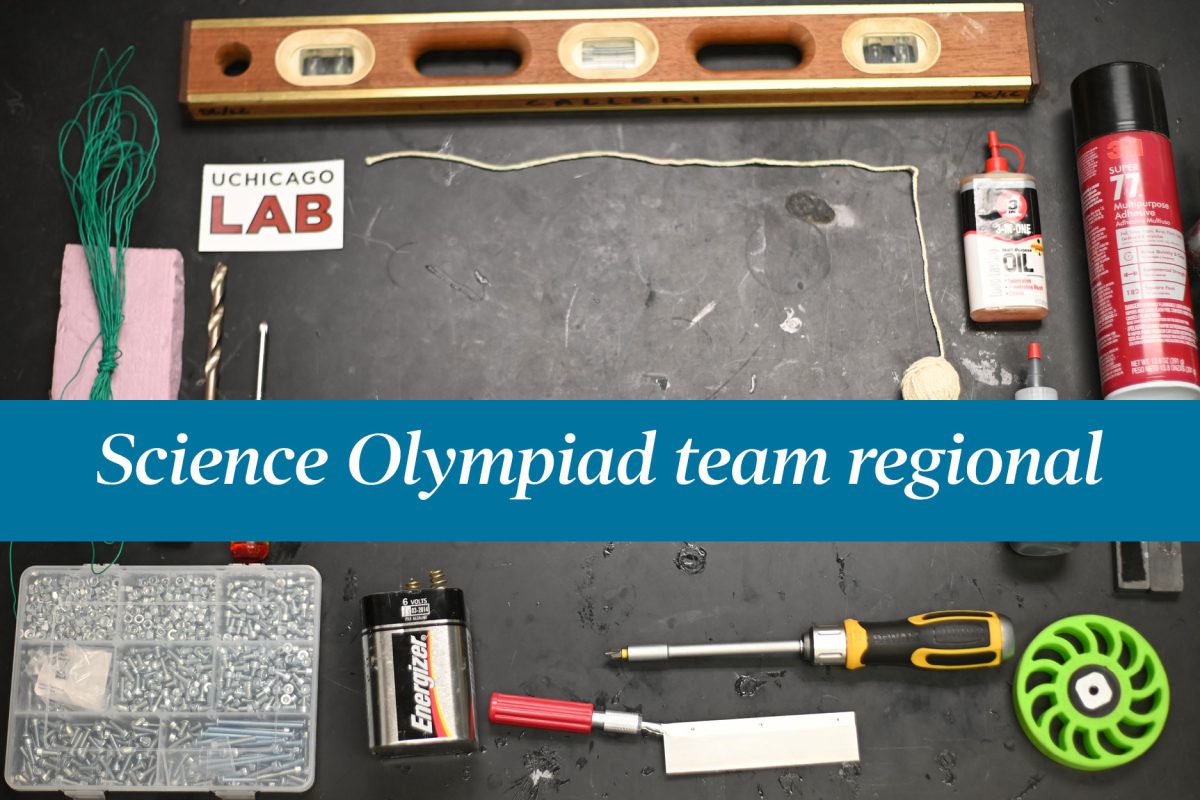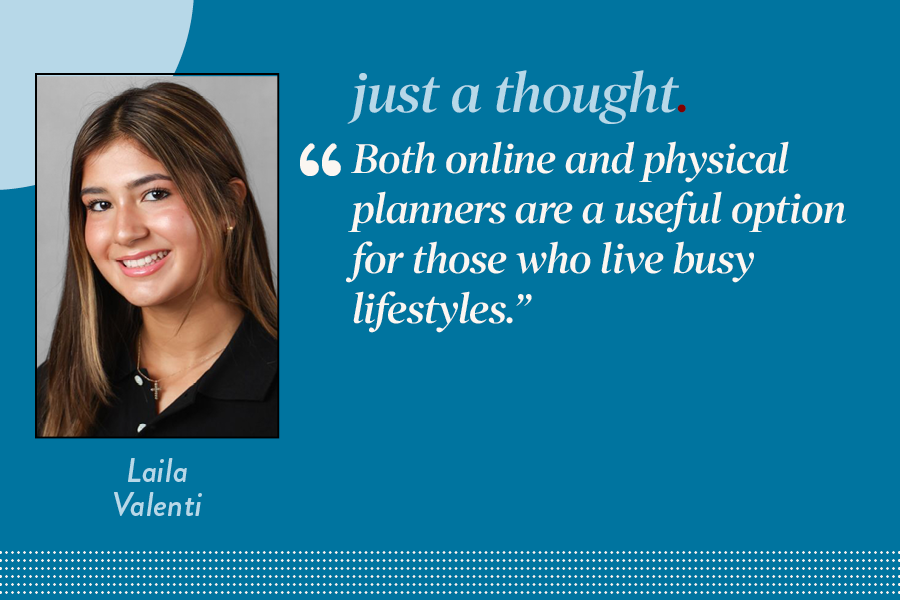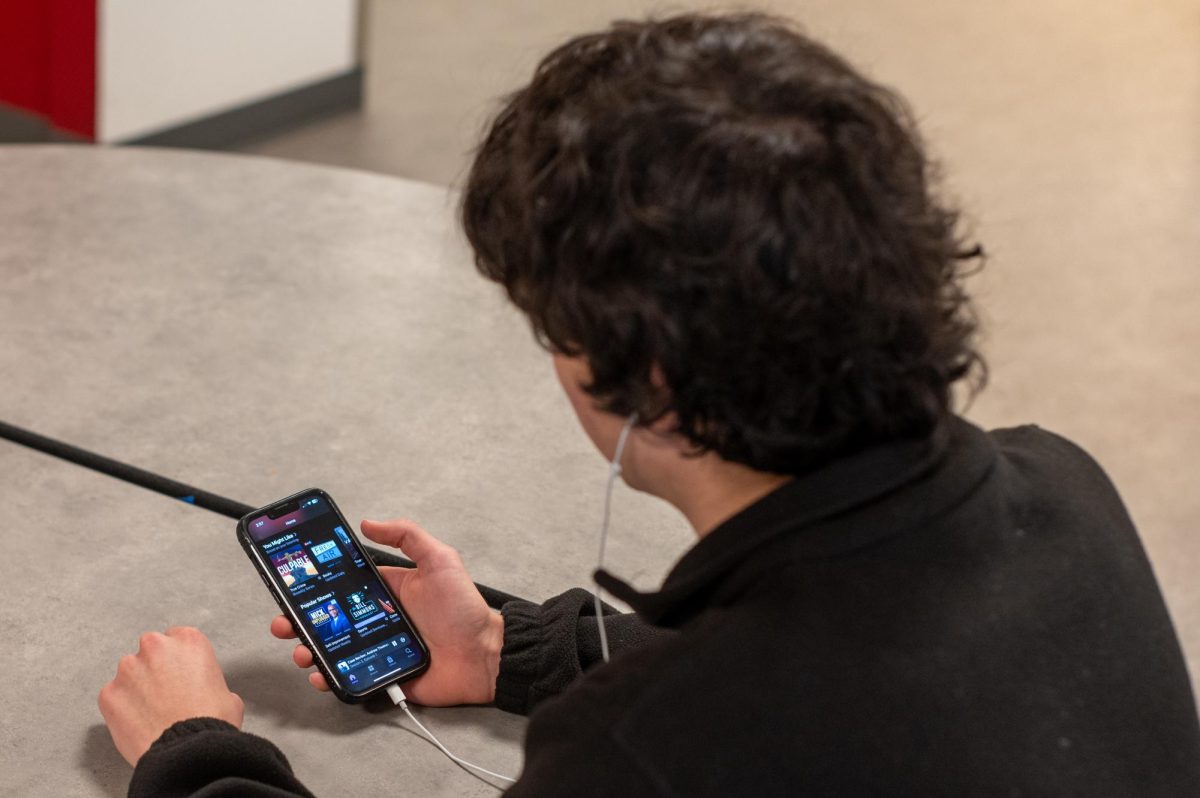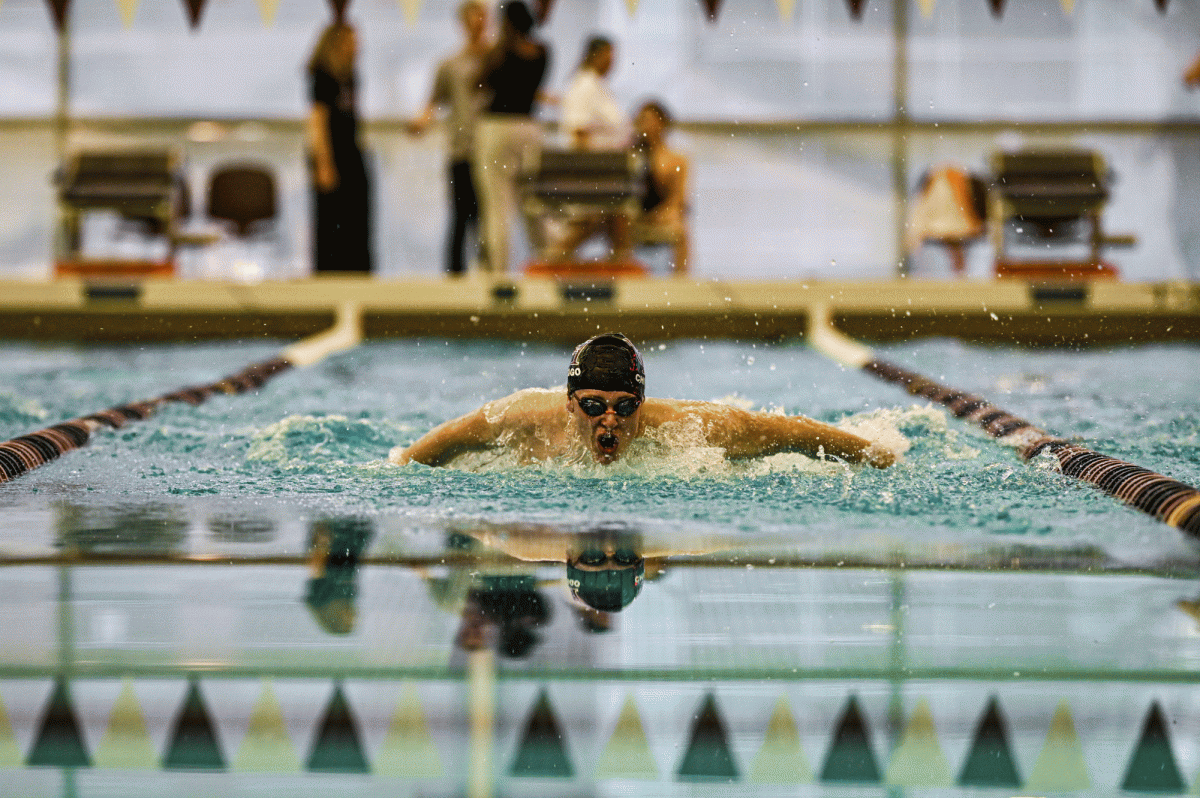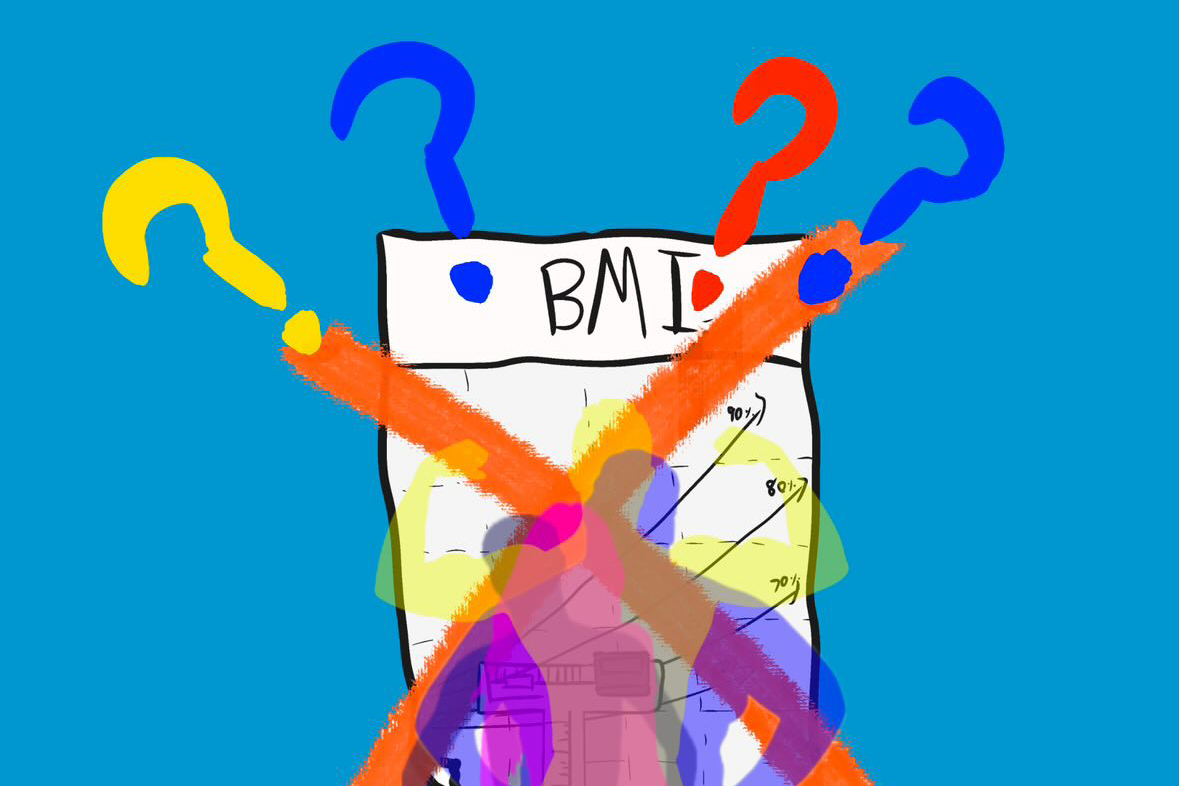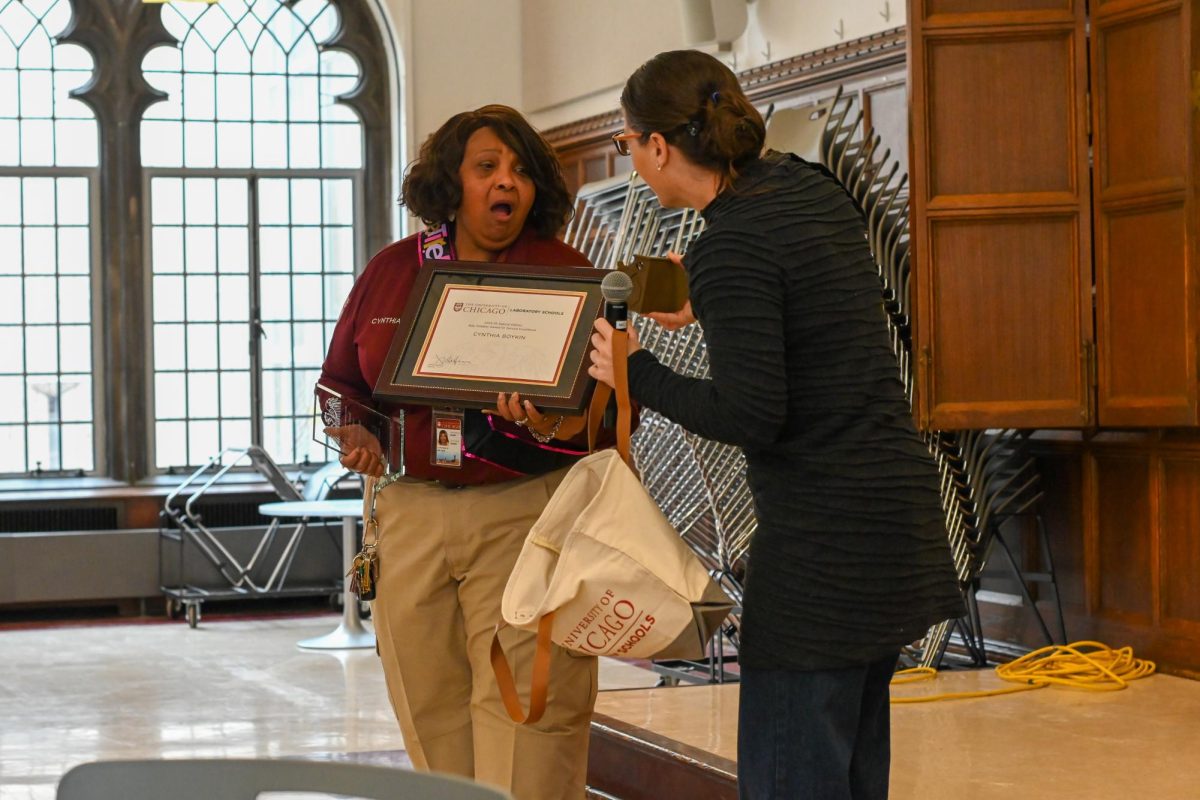In a quiet corner of the U-High ceramics studio, the scent of clay and glaze mingle in the air as students lean over their work, lost in the flow of creation. The hum of soft music from a class-made playlist and the whir of potter’s wheels fill the space, creating an atmosphere where time seems to slow.
But for many, moments like these are exceedingly rare.
At U-High, many students — and teachers — feel art has become an afterthought or a fleeting interest overshadowed by the weight of STEM classes and academic commitments. Finding time for creativity can seem impossible, leaving students feeling disconnected from artistic expression. The closer students get to college applications and shift their focus to scores and credentials, the question becomes increasingly pressing: Is art lost in the pursuit of academic achievement?
Junior Carolyn Payne has been taking Art History with teacher Jason Pallas this year, which occurs during her Wednesday and Thursday lab periods. The course is mainly made up of field trips: traveling to art museums to meet creators, curators or employees who then walk them through different aspects of art history — and Carolyn describes her class experience as a “detox from competition.” U-High is, and has long been, a hub of extremely gifted students all trying to discover and prove what sets them apart — but in an art class, Carolyn is able to take a breath and explore her passion without the pressure to win.
“You’re able to be around people who are also interested in such an uncompetitive nature and environment, and it lets you be creative, think about creativity and meet creative people,” Carolyn said.
Fine arts department co-chair Ana Romero said the disconnect between students and art has become apparent in recent years, a surprise to both her and her colleagues. She believes the undeniable benefits of artistic creativity in a school environment must be considered when it comes to a student building their schedule.
“Many of us in the department do feel that although we are not counselors or art therapists, we know the benefits of a class where you can use your creative skills, you can use your hands, you can use your body like in theater — there are serious health benefits to engaging in creative spaces with teachers and with peers,” Ms. Romero said.
Ms. Romero emphasized the difficulty of exploring the unfamiliar and suggested that students should be encouraged to take risks in areas they might overlook. By stepping into new classes, students may discover unexpected talents and learn that art isn’t limited to perfect technique but can be about personal expression, growth and discovery.
“I, and I think most teachers in this school, support kids going for their interests, because that’s why you’re here,” Ms. Romero said. “But sometimes students don’t understand the potential that exists within a class that they would never think twice about taking.”
Carolyn also believes that in a school where academic and career-driven ambitions dominate, there’s an unspoken assumption that subjects like art are secondary or even disposable.
“I think we see Lab’s lack of emphasis on art through kids just taking art classes because of the requirement,” Carolyn said. “And I think we see a lot of lack of ambition when it comes to art as well. I often feel like there are some kids who take it as almost a free period and do homework for other classes during it, even though it’s still, you know, a class.”
Within those moments in U-High’s art studios or trips to museums, students like Carolyn find relief from the academic rigor that defines so much of their high school experience. For her and others, art can be more than just a class — it’s a place to breathe, reflect, and embrace creativity on their own terms as competition and anxiety fade, for an hour or two, into the background.







